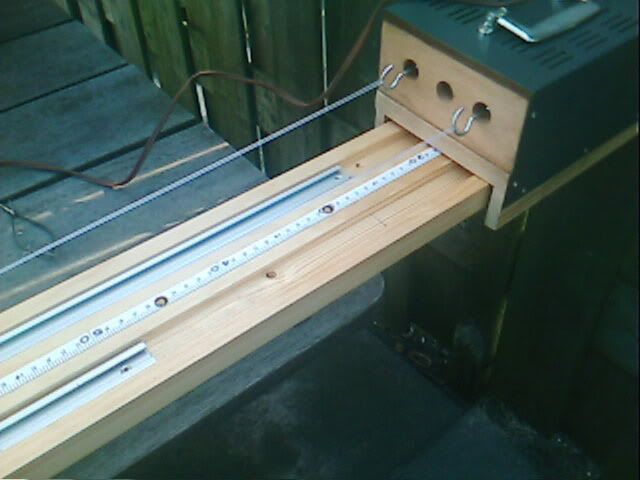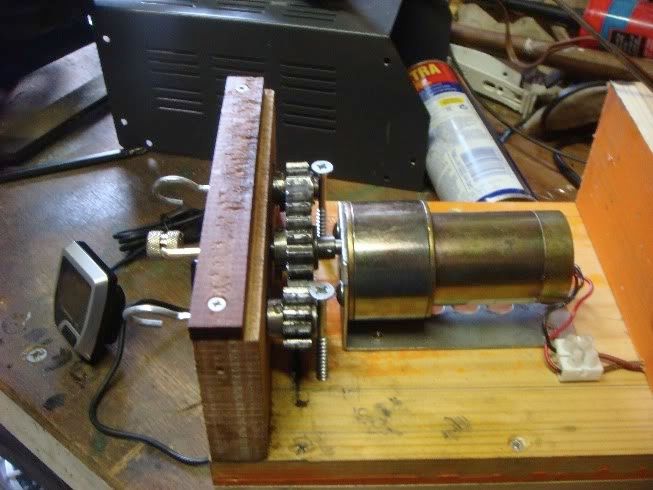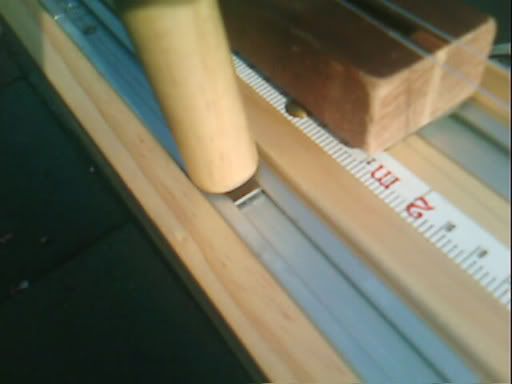This thread is in response to a comment made several weeks ago on a thread started by Kelly asking for ideas on how to go about furling lines and leaders.
Note that the title of this thread involves Jigs. Past threads have included quite an interesting variety of approaches and equipment used in furling. Hopefully others will post pics and comments about the methods and mechanisms they are using to furl their lines / leaders.
The following furled leader jig is based on the concepts and equipment used by the fellow who taught a class on furling for a TU affiliated club in Idaho Falls ID several years ago, Karl Amonson. Karl did a tremendous amount of experimentation to “perfect” his techniques and formulas and produce high quality furled leaders using a large number of different materials. One of his leader formulas was for Danville 210 Flymaster Plus fly tying thread. After experimenting with several different materials, this is the one I settled on for furling leaders for my own 3-5 wt rods, and which has now proven to be an excellent material for the thread furled Tenkara line / leader for my Tenkara rod.
This jig, finished a couple days ago, is very much like the first one I built five years ago. But it incorporates a number of improvements based on discussions here on the FAOL BB over the past couple years. Thanks to those who participated in those discussions and contributed ideas that makes this one better - if not better made.
The following series of pix pretty much explains the equipment. The components include gears, a hollow aluminum rod, oak boards and dowels, fish hooks, shock cord, some handy weight, and some washers and screws. ( The power unit stand is optional - the unit can be handled. )







( this should read proportion not configuration )

The first line / leader furled with the completed jig.

The length of the basic jig provides for a starting length of about 87" of material resulting in a finished leader about 6’4" long. But the jig can easily be shortened to produce a much shorter leader, or extended to produce a very long one.
The posts are presently set to leader proportions of 40% butt section, 30% mid section, and 30% tip section. Changing proportions requires a little quick work with the power unit and a 1/4" drill bit.
The hooks for twisting and then furling the material under power are chopped down size 6 Dai-Riki 700 4XL streamer hooks. Same for the tip hook. Reconfigured Dai-Riki 700s are also used to pin the hook shafts securely at the back of the gear mounting frame.
The Danville 210 furls best with 1350 twists and 750 countertwists. With the 5:1 gear ratio, that’s 270 revs by the Ryobi for the twisting and 150 in reverse for the furling.
Okay, folks, let’s see what your latest furling jig looks like.
And those of you with questions, feel free to fire away.
John




